Search Images
Browse Content (p. 804)
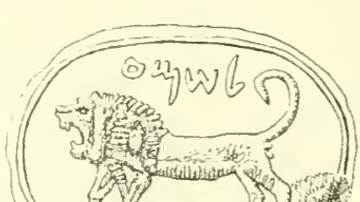
Image
Seal of Shema, Servant of Jereboam
An ancient Israelite stamp seal from Megiddo, excavated in 1904 CE. The text says, "Belonging to Shema, servant of Jereboam." Accompanying the text is the image of a roaring lion facing left. Image taken from Mark Lidzbarski, Ephemeris...
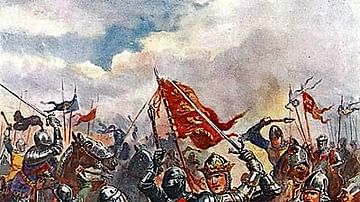
Image
Henry V at Agincourt
A modern illustration of Henry V of England (r. 1413-1422 CE) fighting at the Battle of Agincourt against the French on 25 October 1415 CE. The battle was one of the great English victories during the Hundred Years' War (1337-1453 CE). (Illustration...
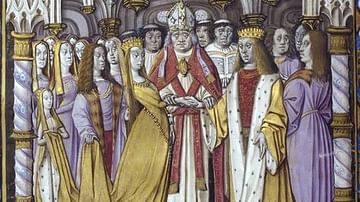
Image
Marriage of Henry V of England and Catherine of Valois
A late-15th century CE illustration of the marriage of Henry V of England (r. 1413-1422 CE) and Catherine of Valois (l. 1401 - c. 1437 CE), daughter of Charles VI of France (r. 1380-1422 CE). The couple married on 2 June 1420 CE in Troyes...
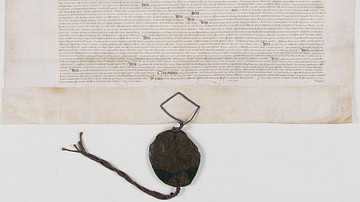
Image
Treaty of Troyes, 1420 CE
The ratification of the Treaty of Troyes, May 1420 CE. The treaty was signed between Henry V of England (r. 1413-1422 CE) and Charles VI of France (r. 1380-1422 CE) and agreed to nominate Henry as Charles' heir to the French throne. (French...
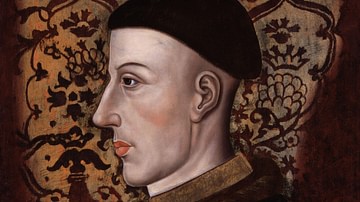
Image
Henry V of England
A 16-17th century CE portrait of Henry V of England (r. 1413-1422 CE). (National Portrait Gallery, London)
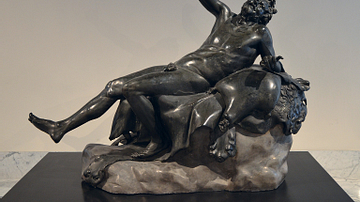
Image
Drunken Satyr from the Villa of the Papyri, Herculaneum
The bronze statue portrays a drunken elderly Satyr, lying on a rock covered with a lionskin. It adorned the swimming pool in the middle of the peristilium (four-sided colonnade with a central garden) of the Villa of the Papyri, a luxury villa...
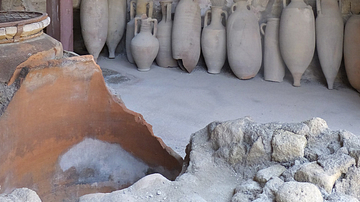
Image
Amphorae on Wooden Racks in Herculaneum
A shop attached to the House of Neptune and Amphitrite in Herculaneum where amphorae are stored on wooden racks and on the floor beside the shop's cooking area. This is one of the best-preserved shops in Herculaneum.
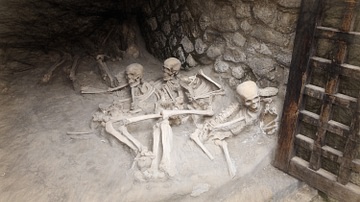
Image
The Skeletons of Herculaneum
Casts of skeletons discovered in the vaults on the beach of Herculaneum. Skeletons of approximately 300 people were uncovered huddled in the so-called boatsheds. The last inhabitants of Herculaneum had taken refuge in these barrel-vaulted...
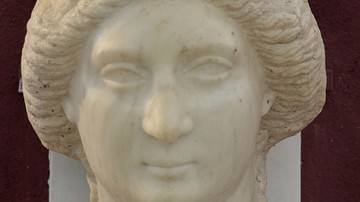
Image
Musa
Marble head of Queen Musa (also known as Thermusa, r. 2 BCE - 2 CE).
National Museum of Iran.
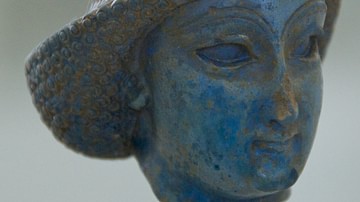
Image
Achaemenid Queen
Depiction of an Achaemenid queen.
National Museum of Iran